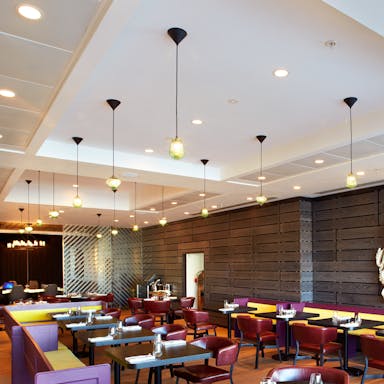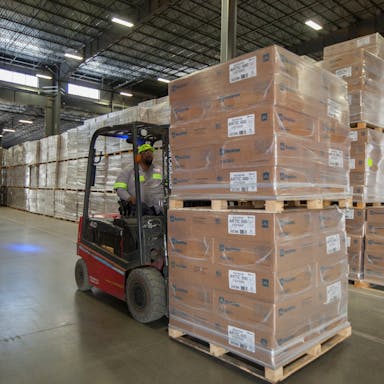Sustainability and wellbeing is not a compromise
As we all experienced, poor acoustics have the power to change a pleasant atmosphere and our mood. It can be hard to have a good sleep at home, enjoying the free time together in a restaurant or concentrate in class. Good acoustics is not only related to musical venues or recording studios. It’s an essential factor in our daily life. Reducing noise, in fact, improves productivity in workplaces and lower stress levels, in other words, acoustical measures enhance our well-being. The impact of noise, therefore, can’t be underestimated. A publication from 2011 by the WHO reports that ‘Reliable evidence indicates the adverse effects of chronic noise exposure on children’s cognition’ (p. 52) with particular consequences in reading comprehension, memory, and attention. For all these reasons, it’s important to include the acoustical quality in the list of sustainable building materials during renovations or the planning of a new space. Good acoustics can enhance our memory skills and ability to cooperate in working spaces. Sustainability and wellbeing should blend together to offer the best environment where to concentrate, work, read and learn.
A sustainable material made from natural resources
Looking at the possibilities of materials and eco-friendly options, Rockfon acoustic solutions offer long-term sustainability and enhances the circular economy. Our list presents attentions for aesthetics, resistance, and up-cycled characteristics:
- Stone wool core based on up-cycled slag, close-loop recycled wool, and abundant stone – up to 97%
- Glass fleece to improve the impact resistance and durability – up to 15%
- Water-based paint to give high light reflection & visual comfort
World Health Organization
Burden of disease from environmental noise
Quantification of healthy life years lost in Europe




